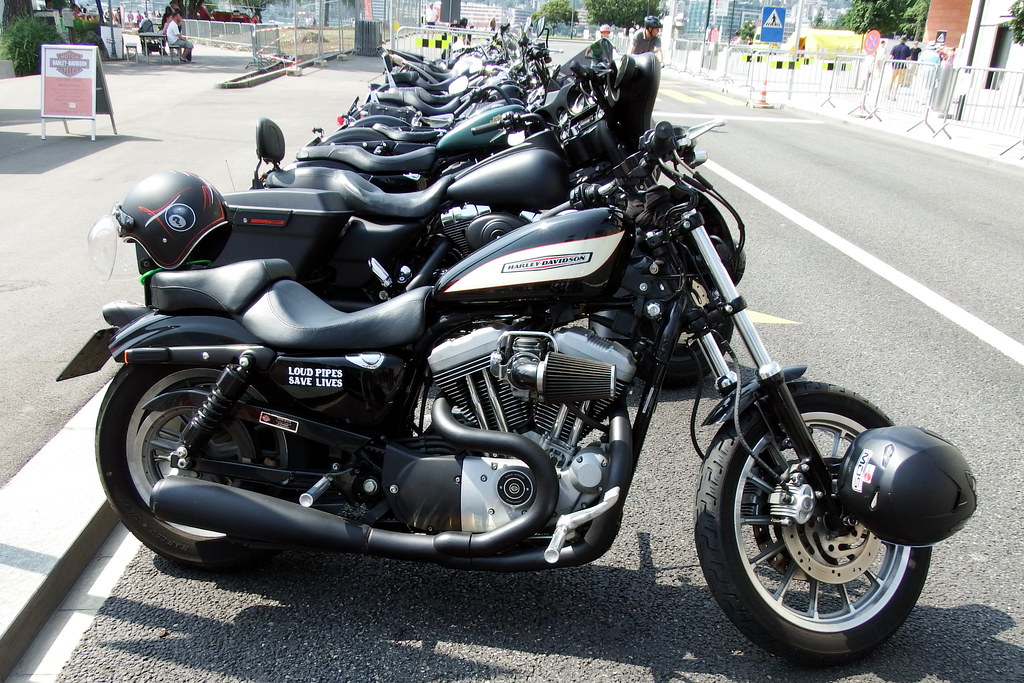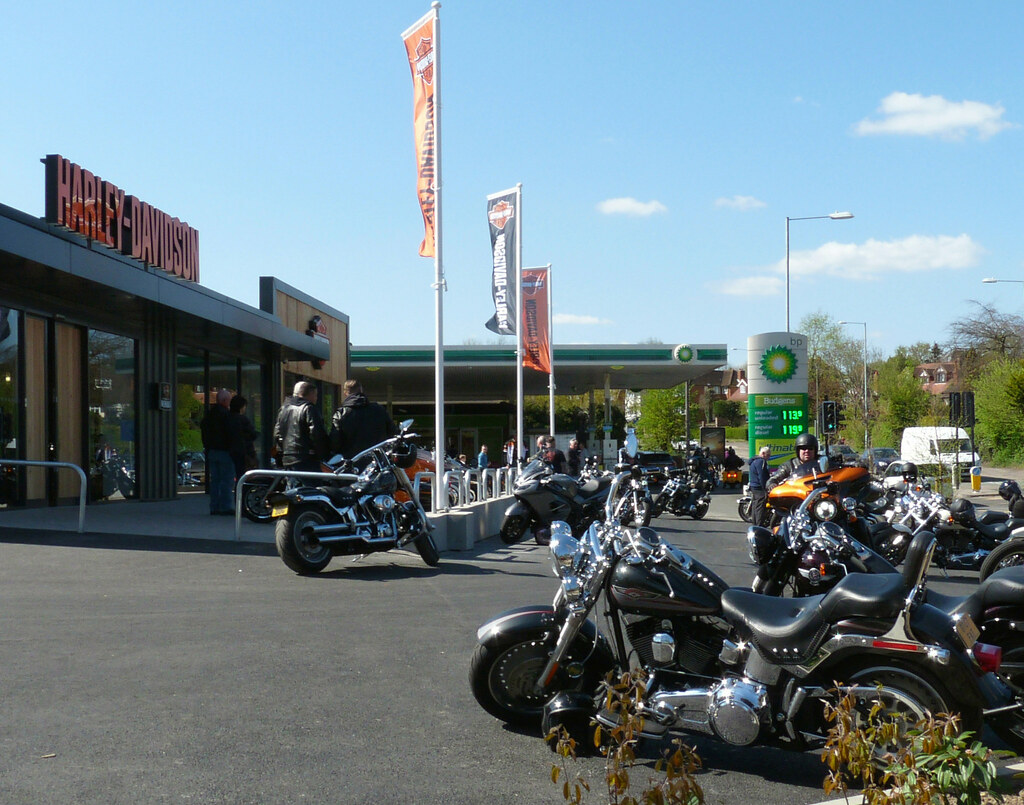The much expected and thoroughly analyzed Harley-Davidson Rewire plan may be showing early positive results. The Milwaukee company reported its best third quarter since 2015.
It will take some time to see if the plan will pay off in the long run. However, despite a decreasing sales volume, the Rewire plan has succeeded in reducing costs, which resulted in a strong third-quarter report.
According to the report in question, Harley-Davidson’s revenues declined by 8%. However, the company’s net income has increased by 39%.
With $120 million net income, this was the company’s best third quarter since 2015, when it saw $140 million net income in the third quarter.
Global Scale
As with most other motorcycle makers, Harley-Davidson is experiencing a continuous decline in sales over the last decade. The spiral has been going downwards for years, especially for heavy, expensive motorcycles like most H-D models.

This year, worldwide bike sales for Harley-Davidson declined by 8.1% which may not sound impressive. However, it’s a significant improvement over the first and second quarter of 2020, when the sales were down 18.1%. Moreover, Harley-Davidson has seen a 6.7% increase in sales in the European market.
The COVID-19 pandemic has had a substantial impact on motorcycle sales around the world. However, the Rewire plan rolled in action several essential aspects, including clearing out existing inventory. The worldwide inventory of H-D motorcycles is down 30% compared to the third quarter last year.

Reduced supply due to the pandemic and the elimination of many discount programs has resulted in more bikes selling at full price, especially in the United States. Simultaneously, the average resale price of H-D bikes increased, making the gap between used and new motorcycles narrower than before.
A Shift in Structure
The Rewire plan includes significant structural shifts. For starters, the company decided to do the introduction of new model announcements early in the year instead of August, as previously planned. The said introduction typically gives Harley-Davidson an attention boost and dealership traffic when the new models roll out in the third quarter. This year was different, and the company hopes to keep the new strategy going forward and keep introducing new models at the beginning of the riding season.

The Milwaukee company’s global structure also went through a shift to follow the Rewire plan. Harley-Davidson is exiting 39 markets that aren’t seeing high sales or profit. According to officials, most of the markets the company is leaving had only a couple of dealerships, and stepping out won’t impact the business, at least not significantly.
In 17 of the remaining markets, Harley-Davidson is switching to a distributor model. They will partner with local companies to provide service and sales.
Harley-Davidson will maintain control in its strongest markets that represent the majority of sales income and growth potential. The strongest 36 markets include North America, Europe, and certain parts of Asia.
However, with around 61 full-line dealerships closed and 30% reduced product lineup, even the strongest markets face challenges.
No More Harley-Davidson Electric Bicycles
One of the most significant changes to the company’s plans is the production of electric bicycles. Rather than selling the e-bikes under the Harley-Davidson brand, the company has decided to create a new sub-brand called the Serial 1 Cycle Company. The entire electric bicycle idea started as a project for the H-D Product Development Center, and a team of former Harley staff will lead the new company.
Featured photo by Donald Teel on Unsplash







